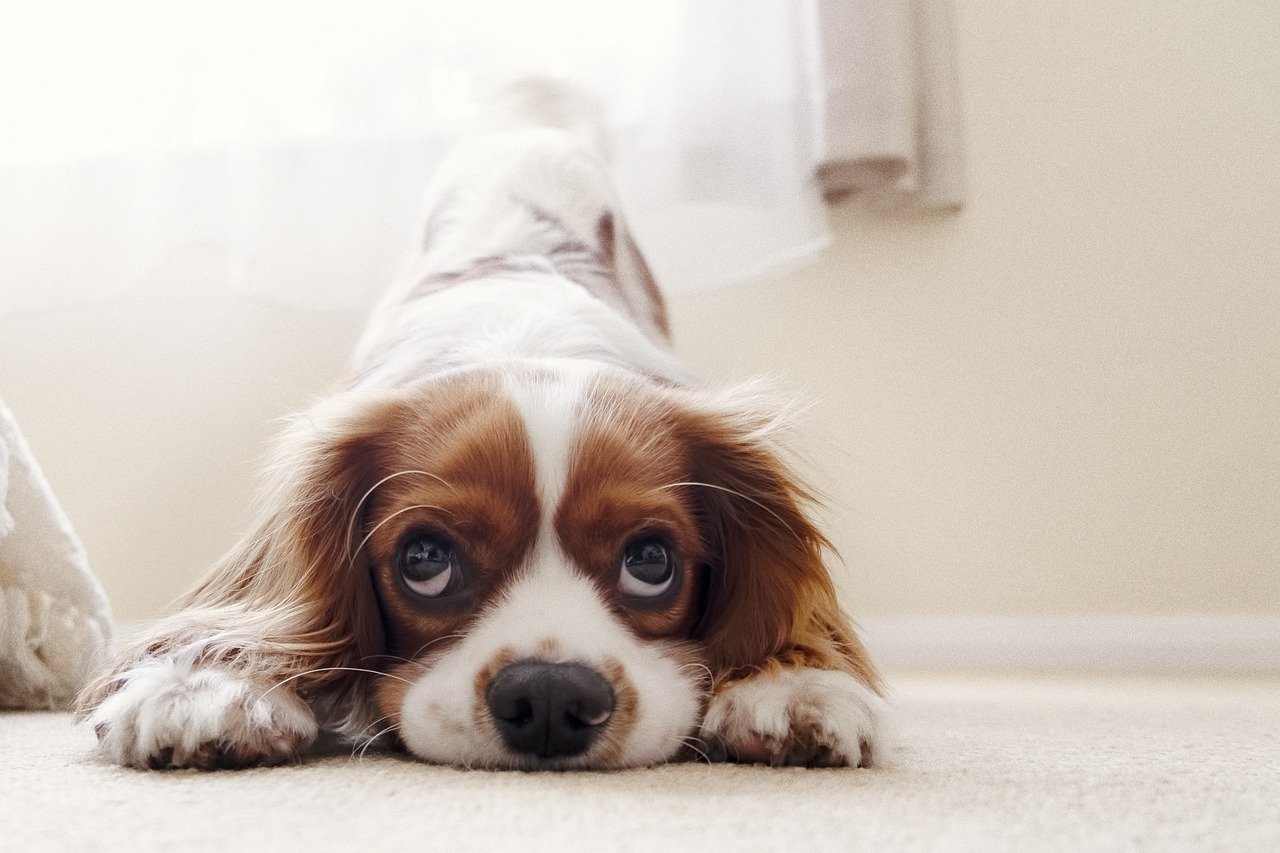One of the biggest dog training problems we hear from our clients here at Positive Dog Training, is that their dogs pulls them while on lead.
So to come up with a solution first we need to look a bit more carefully at the problem in hand.
Why is your dog pulling when on lead ? & more importantly, what would you actually like your dog to do instead?
Your dogs is not pulling because he wants to drag you along the road behind him, he is not pulling because he thinks its great fun to hear you shout and yell at him and he is not pulling because he like the feel of you jerking him backwards by the neck through his collar or by his back through his harness.

Dogs generally pull because they are excited to be going out with you, their best friend for a walk, and because they have never been taught that walking nicely on the lead is preferable that charging down the road like a stampeding bull. For many dogs the excitement begins to build from the second they see their leads!
So where do we begin with lead walking manners? There are literally dozens of welfare friendly techniques for coaching your dog to walk nicely on lead but let’s look at how we get the first steps right first.
- What type of lead/collar/harness are you using generally to walk your dog? We would always recommend using a harness in conjunction with training as the best option. Are you using an extendable/retractable lead. If so put that away in the cupboard for now. You can’t expect your dog to walk nicely beside you before if you have a length of lead 16 feet away! A normal lead, generally they are 6 feet or so long, is best to start off with.
- What is your routine when you are getting ready to go out for a walk? Do you always get the lead first from the hall and then grab your coat and keys? While this is all happening is your dog excited and jumping around? Are they barking, circling, pacing waiting for you to hurry up? If so, it would be a great idea to work on some basic control cues that will make it a lot easier and safer to get out the door of your house. Ask for sits when you are putting on leads, practise walking through the door with your dogs in a “orderly” way – ie you getting pulled out the door and dislocating your shoulder!

- Training – training your dog to walk well on lead will take some practise, so build up to stomping through the woods together by first getting ready to walking around your garden together nicely.
- Be patient and sensible – So your beautiful puppy has turned into a 2 year old big Newfoundland/Labrador/ Pekinese/Jack Russell (insert your breed here ). For 2 years you have let this type of walking be the norm, you holding on for dear life while Fido is having great craic darting this way and that, 2 years he has been practising this skill and its not going to be fixed in one burst of training. Get prepared, make some time, get some tasty treats, be prepared to be consistent and off we go.
Training classes are a great start, (ours are the best , just saying , http://www.positivedogtrainingdublin.com/shop/index.php?route=product/category&path=69 for more details ) where your experienced trainer will coach your through a variety of ways to have your dog walking with a nice loose lead.
Remember Rome was not built in a day, and teaching your dog to walk nicely on lead may not just happen in the space of one hour! Remember whats rewarded gets repeated and you need to poractise in many different locations to ensure your dog knows exactly what it is he can do to keep you happy. For more information call us on 01 9013018









